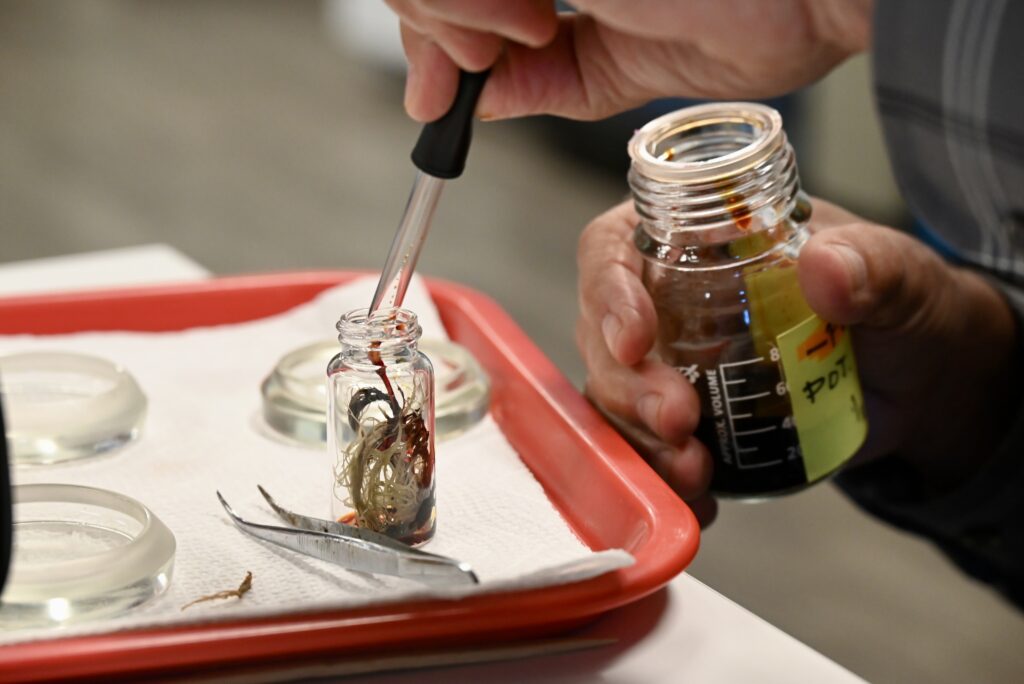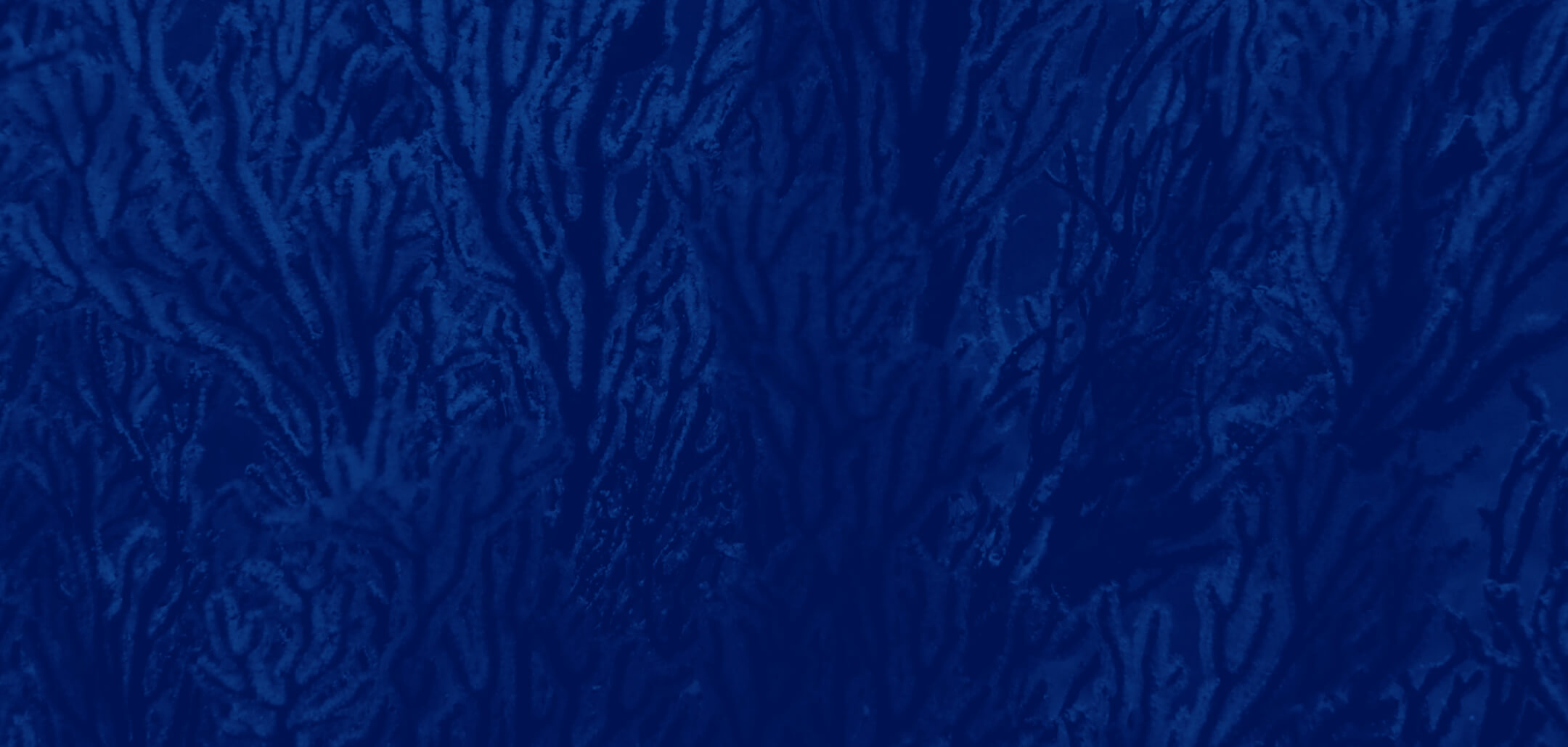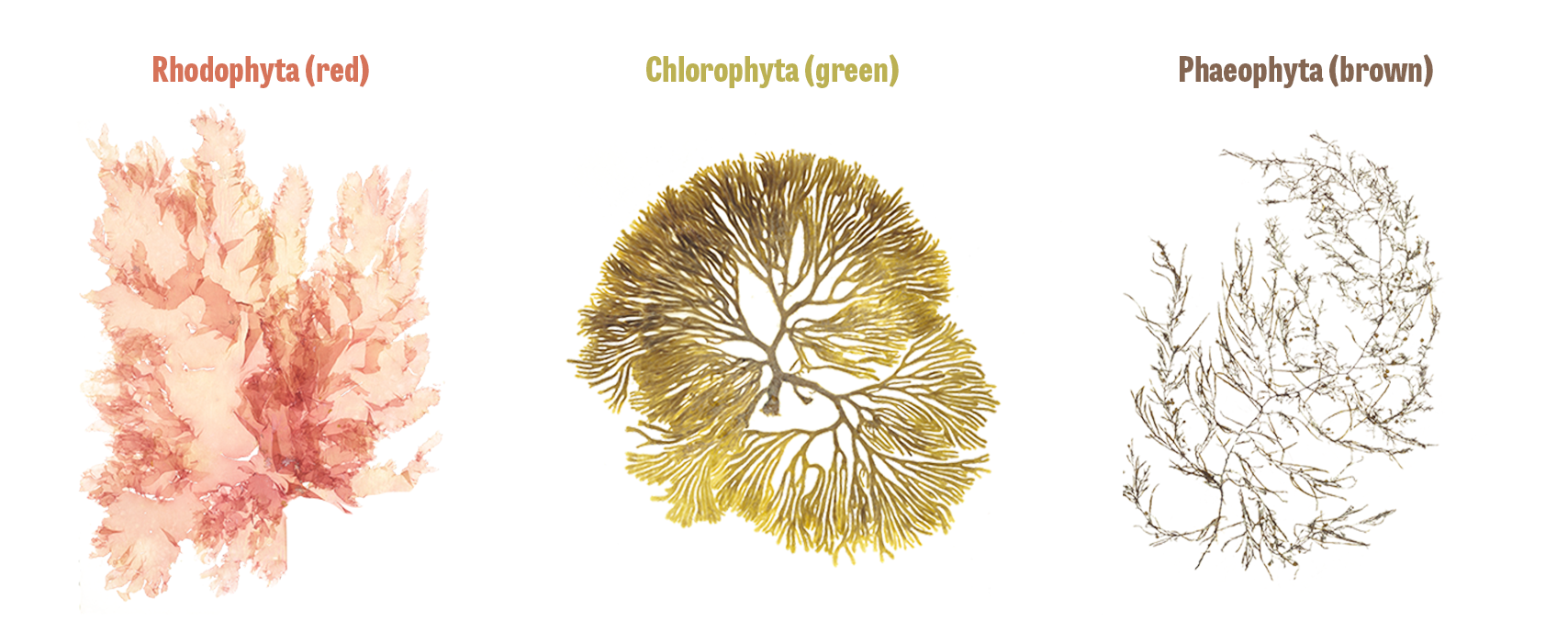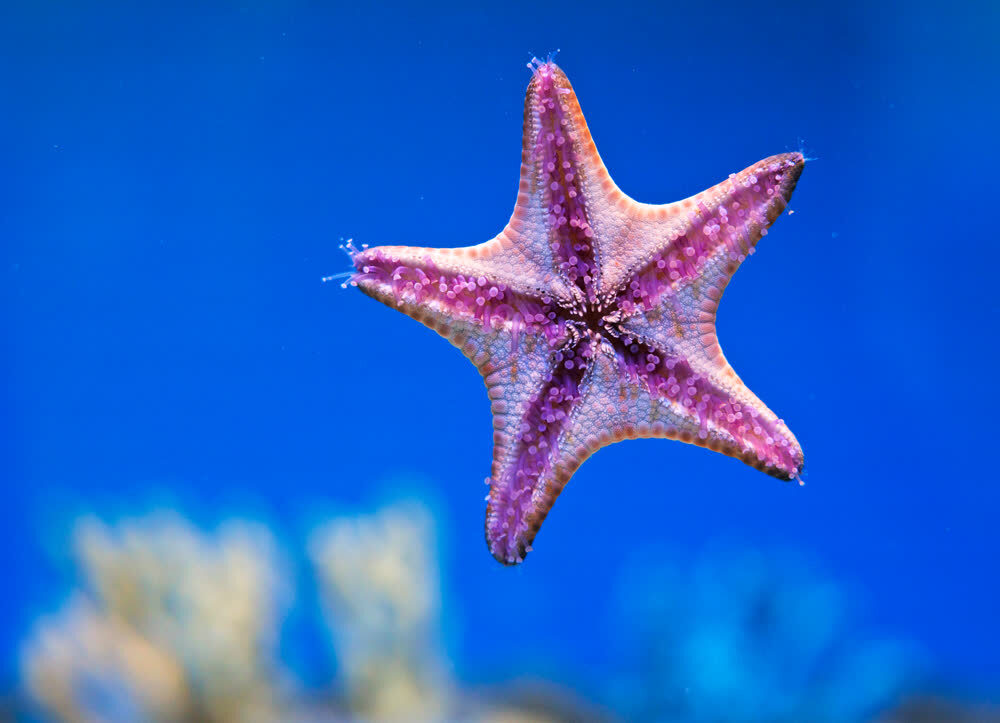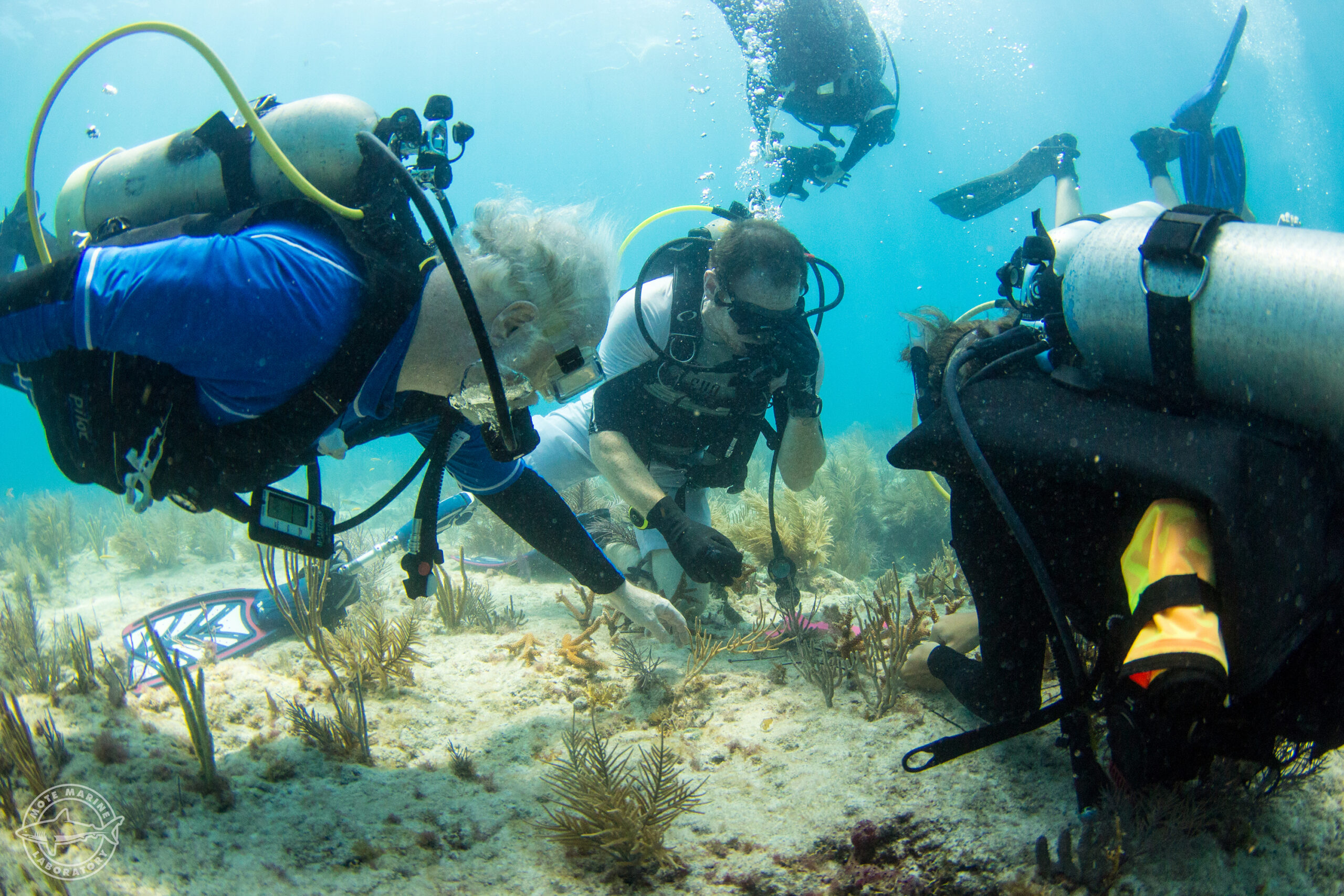Back to our Research Library • Back to Archival Collections
About The Collection
Mote Marine Laboratory’s collection of large, multicellular, marine algae was established in 1955 by Drs. Eugenie Clark and Sylvia A. Earle, and further expanded by Susanna Dudley between 1965 and 1979.
More than 8,000 specimens, representing 327 species of algae and seagrasses, have been collected from Florida (Sarasota, Florida Keys, Florida west coast, Pinellas County, Boca Raton, etc.) as well as from Belize, Brazil, California, Cayman Islands, Connecticut, Cuba, Ireland, Maine, Mexico, New Hampshire, North Carolina (Beaufort), Puerto Rico, Rhode Island, Southern Gulf of Mexico, and the U.S. Virgin Islands. Some are among the oldest samples of many southwest Florida habitats.
How can I view the collection?
- Online: A portion of the collection has been digitized as part of the National Science Foundation (NSF) ADBC Macroalgae Digitization Project and can be accessed through macroalgae.org and is recorded in the Index Herbariorum. Note: Mote’s location code is “MOT.”
- In person: If you are interested in viewing the collection in-person for research purposes, please contact its curator, Dr. Ernest Estevez at estevez@mote.org.
About Algae
What are macroalgae?
Unlike microalgae, which are single-celled organisms, macroalgae are multicellular organisms. They can range in size from less than 1 inch to as more than 200 feet in length. Marine macroalgae—also called seaweed—are the foundation of every ocean shelf’s bottom ecosystems and provide food and habitat for myriad species. Algae are the primary producers of organic matter at the base of the food chain(1). Macroalgae are not the same type of plants responsible for harmful algal blooms that cause local “red tides.”
The estimated 5,000–6,000 marine algae species are classified in three categories: Rhodophyta (red), Chlorophyta (green), and Phaeophyta (brown).
What are algae used for?
In addition to its important role in the ocean ecosystem, humans use algae for a wide variety of products that you encounter every day. Seaweed farming has become a global agricultural crop, with an estimated 50 million pounds of algae and algae products consumed each year. Carrageenan, alginate, and agar are ingredients extracted from algae and used in consumer goods—primarily as thickeners or binding agents—such as toothpaste, ice cream, pharmaceuticals, textiles, and baby food.
- Carrageenan: Carrageenan is found in Rhodophyta (red) algae species such as Irish Moss (Chondrus cripus), Gusô (Eucheuma), and False Irish Moss/Carrageen Moss (Gigartina stellata). It is used as a binder in products like dog food, chocolate, toothpaste, ice cream and baby food (2).
- Alginate: Alginate is found in Phaeophyta (brown) algae species such as giant kelp (Macrocystis pyrifera), oar weed (Laminaria digitata), common cold water seaweed (Ascophyllum nodosum), and Gulfweed/sea holly Sargassum (Sargassum polycystum and Sargassum filipendula). It is used as a thickener to make water-based products thicker or creamier such as ranch dressing, ice cream, fruit juices, yogurt, heartburn relief medicine, and hand creams. Sodium alginate is used in animal food, fertilizers, and as a gelling agent in papers, textiles and pharmaceuticals (2).
- Agar: Agar is found in Rhodophyta (red) algae species such as Gelidium Isabelae, Gelidium spinosum, Pterocladia, and Laurencia flexilis. It is used as a thickener and gelling agent in products such as Danishes, smoothies, doughnuts, marmalade, jam, jelly candy, cheese, puddings, gelatin fruit desserts, meat products, bakery fillings and icings, dry/canned soups, and ice cream (2).
How are specimens collected and identified?
As pictured in this video from 1955 at the Cape Haze Marine Lab (now Mote Marine Laboratory) large groups of algae are collected and sorted. After collection, specimens are artfully arranged and attached to sheets as they dry; no adhesive is used.
An algal species’ habitat, depth, and form can be used to help identify the species, as well as its season and geographic location when collected. Aids for identification include a dichotomous key, field guides, herbaria, and marine phycologists, who may use additional methods such as microscopic inspection or dissection, boiling, or submersion in a solution of alcohol or potassium iodide.
What can be learned from these specimens?
Herbarium specimens can be used as a historical record of the diversity and distribution of different species, as well as for identification purposes. Additionally, DNA studies can be conducted using dried specimens, and contaminants, if any, can remain on the specimens and still be studied decades later. Tissue samples from a dried specimen may begin to grow again in seawater and sunlight.
Algae (seaweed) vs. seagrass:
Algae and seagrasses differ in a number of ways including their structure, means of reproduction, and methods of nutrition.
Macroalgae have a relatively simple structure and, unlike seagrasses or other plants, do not have roots, a stem, and leaves, but instead have a holdfast, stipe, and blade. Macroalgae do not make flowers or seeds.
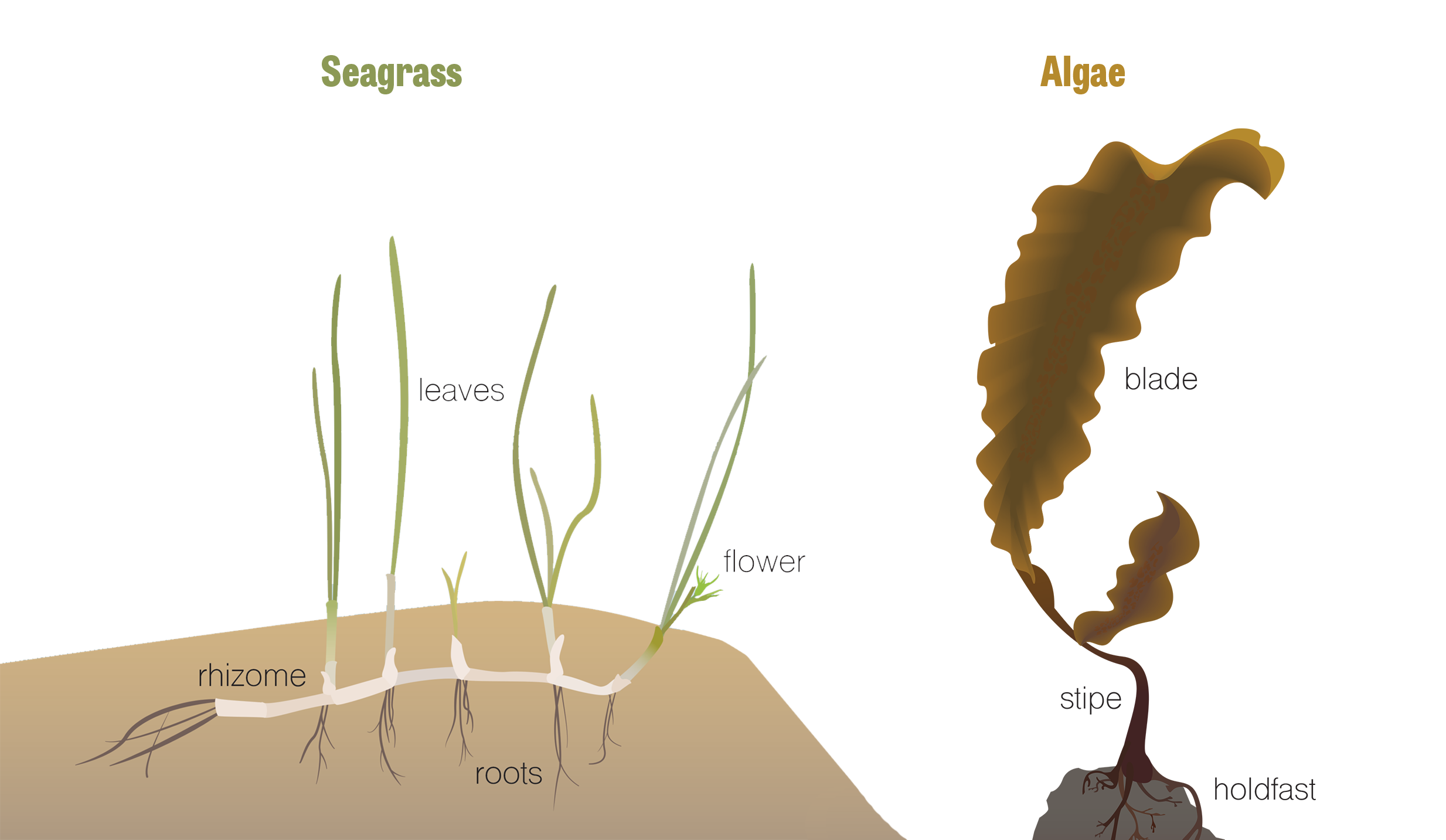
Sources
- National Museum of Natural History. https://naturalhistory.si.edu/research/botany/research/algae
- Dharmayanti, N., Supriatna, J., Abinawanto, A., Yasman, Y. 2019. Characteristics of Alginate Content on Sargassum polycystum c.a. Agardh from Western Java, Indonesia. IOP Conference Series: Earth and Environmental Science, Vol. 404. https://iopscience.iop.org/Article/10.1088/1755-1315/404/1/012020
- Wild Singapore. http://www.wildsingapore.com/wildfacts/plants/seaweed/rhodophyta/salicornia.htm
- “Seaweed in Your Everyday Life” University of California, Santa Barbara. https://www.ccber.ucsb.edu/ucsb-natural-history-collections-botanical-algae/seaweed-your-everyday-life
- Humm, H. J. (1944). Agar Resources of the South Atlantic and East Gulf Coasts. Science, 100(2593), 209–212. http://www.jstor.org/stable/1674012
- Villanueva, R.d., Romero, J.b., Ragasa, A.L.R. and Montaño, M.N.E. (2010), Agar from the Red Seaweed, Laurencia flexilis (Ceramiales, Rhodophyta) From Northern Philippines. Phycological Research, 58: 151-156. https://doi.org/10.1111/j.1440-1835.2010.00573.x

